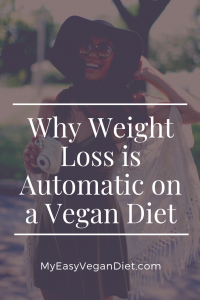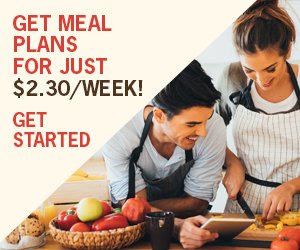Disclosure: This post contains affiliate links. If you purchase a product or service through those links, we will earn a commission (at no additional cost to you).
Ok, I’m going to be real here – weight loss is actually not automatic on a vegan diet but it IS a heck of a lot easier.
Confused yet?
Don’t worry – the title wasn’t clickbait. Eating vegan is definitely the right way to go for healthy weight loss…
For real, you can still have dairy free ice creams, cakes, cookies, and “junk food” on a vegan diet but you are going to have to really work for it.
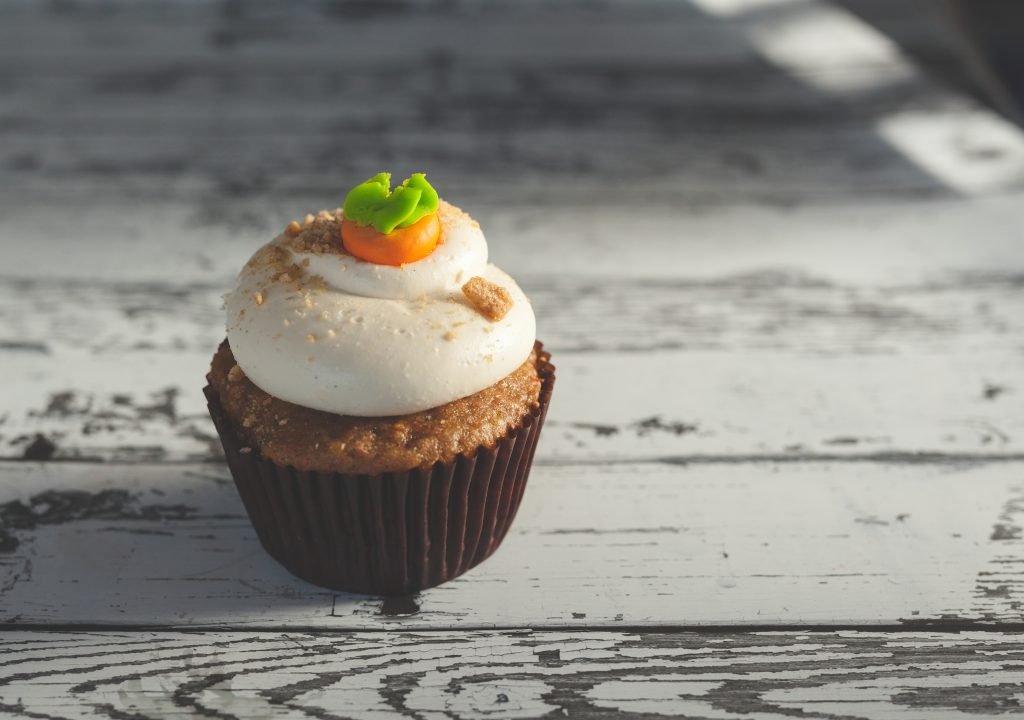
For example, for my son’s third birthday I really wanted him to be able to eat cupcakes so instead of just going to the store and buying a cheap pack of 12 cupcakes I had to make everything FROM SCRATCH.
And let me tell you, it was not easy. They were delicious, but not easy!
So you absolutely can eat junk food on a vegan diet but it is going to take a lot of commitment.
You’ll have to be involved in each step of baking those bad for you cupcakes when an apple is just an arms reach away, doesn’t take any effort, you just have to eat it.
High Fiber, Low Calories = Fuller, Longer
In general a vegan diet consists mainly of fruits and vegetables. The great thing about fruits and vegetables is that they’re high in fiber and low in calories.

That’s pretty much the ideal mix for losing weight.
It means you’re going to feel fuller for longer and with fewer calories than other foods. (We’ll talk more about the fiber part later).
Let’s go back to weight loss and make this a visual exercise.
Pretend that for breakfast tomorrow you are going to have bacon and eggs – a typical carnivore day starter. This breakfast will probably set you back around 500 calories depending on how many eggs you have, type of bacon, etc.
Now look at a typical vegan breakfast. In order to have 500 calories you would need to eat 2 apples, 2 cups of grapes, 30 peanuts, and a piece of toast.
That’s a LOT of food.
Most people could never eat that much in one sitting. However, anyone could devour bacon and eggs within about 10 minutes and probably still be hungry.
Another great example is from your sweet tooth. For a typical dessert you might have a slice of cheesecake. This will set you back 250 calories.
Conservatively.
A piece of red velvet cheesecake from The Cheesecake Factory is 1,570 calories!
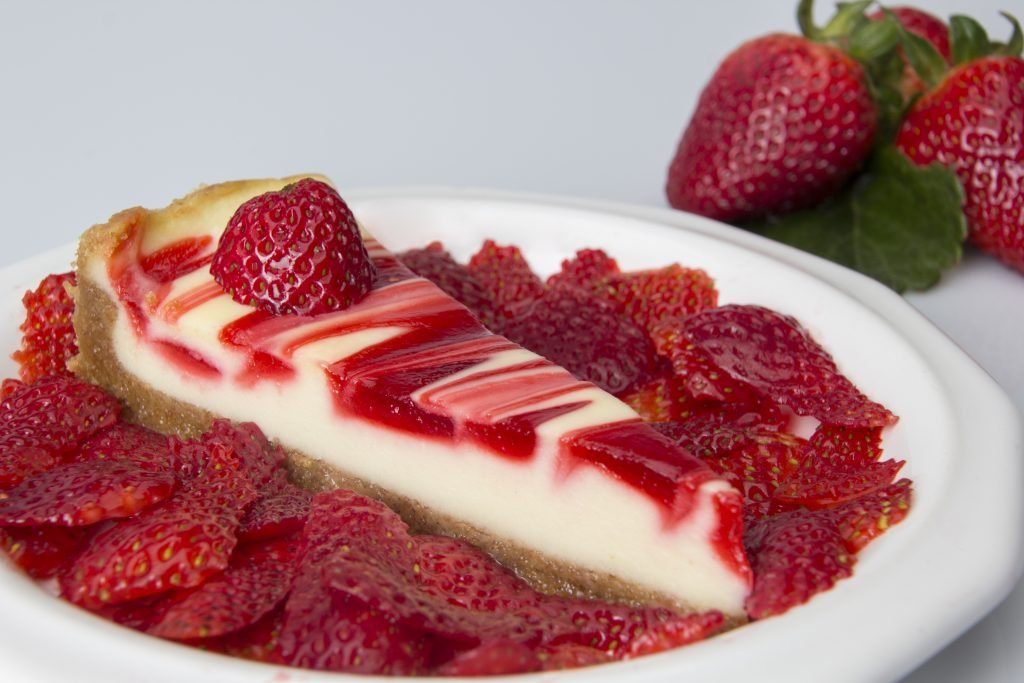
Now let’s look at what you might eat to satisfy your sweet tooth on a vegan diet. You’d probably grab some strawberries with coconut whipped cream.
To equal the same amount of calories as your cheesecake (the 250 calorie version, I’m not even going to get into the Cheesecake Factory version!) you would need to eat 4 tablespoons of coconut whip and 4 cups of strawberries!!!
Who’s going to eat that much?
So you can see how weight loss is pretty easy when you are vegan.
So back to fiber. Fiber is fantastic not only for weight loss but also if you are diabetic. Foods that are high in fiber generally have a lower glycemic index which is a fancy way to say that your body doesn’t need to release as much insulin when that particular food is consumed.
This means lower blood sugars and lower cholesterol levels. (And a happier, healthier you!)
Vitamins and Minerals
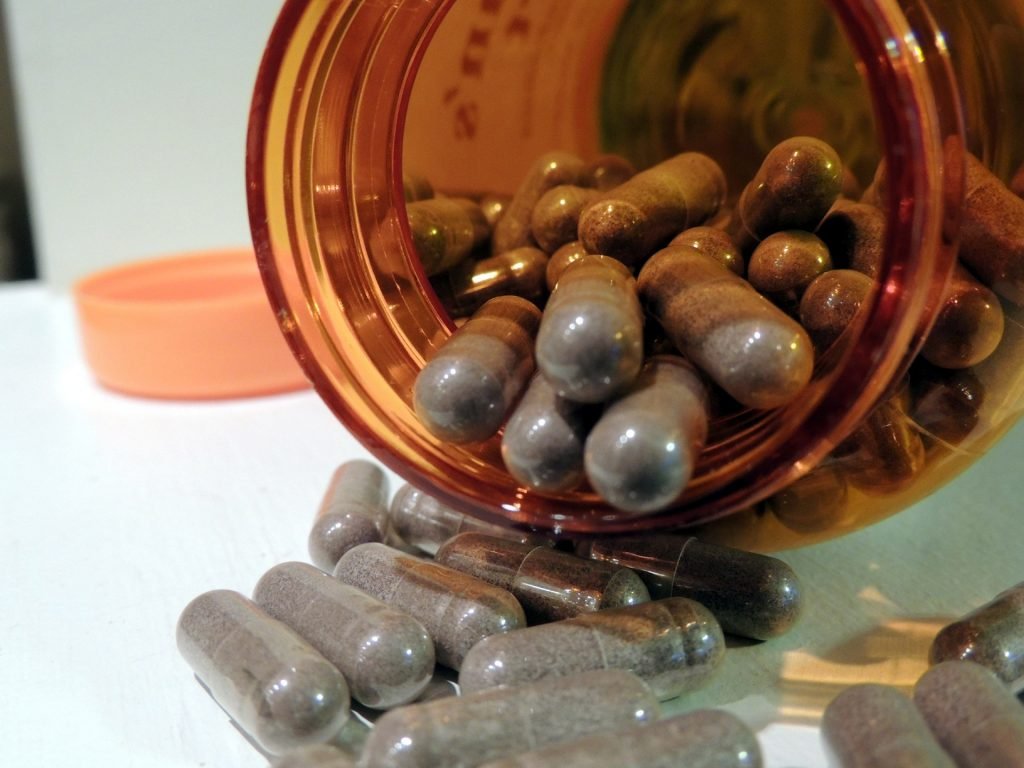
Also, since eating vegan typically means eating more fruits and vegetables this means you’re consuming a powerhouse of vitamins and minerals.
Studies have shown that eating a vegan diet high in fruits and veggies is linked to a lower risk of developing obesity, diabetes, high blood pressure, high cholesterol, heart disease, and strokes.
Possibly more interesting than how eating vegan can protect you from diseases is that studies have shown eating a high fruit and veggie vegan diet can actually effectively treat these diseases in people who already have them!
Let’s look into the powerhouse of vitamins and minerals that come with eating fruits and vegetables.
We’ll take blueberries for example. Blueberries have an impressive nutrition profile. They are high in fiber, vitamin C, vitamin K and manganese. I’ll break down what that actually means below…
Vitamin C
Vitamin C is a potent antioxidant that helps strengthen your immune system. Vitamin C has been shown to reduce your risk of chronic diseases.
Vitamin K
Vitamin K is a fat-soluble vitamin that plays a role in blood clotting, bone metabolism, and regulating calcium levels. Vitamin K has been shown to improve bone density, aid in cognitive function and preserve memory in older adults, and lowers blood pressure by preventing mineral build up in the arteries.
Manganese
Manganese is kind of the jack of all trades when it comes to minerals. It aids in fat and carbohydrate metabolism, helps with regulating blood sugars, decreases inflammation, and has even been shown to reduce menstrual cramps!
This is the vitamin and mineral profile for blueberries ALONE! Can you imagine all of the health benefits of eating a diet high in fruits and veggies?
Science
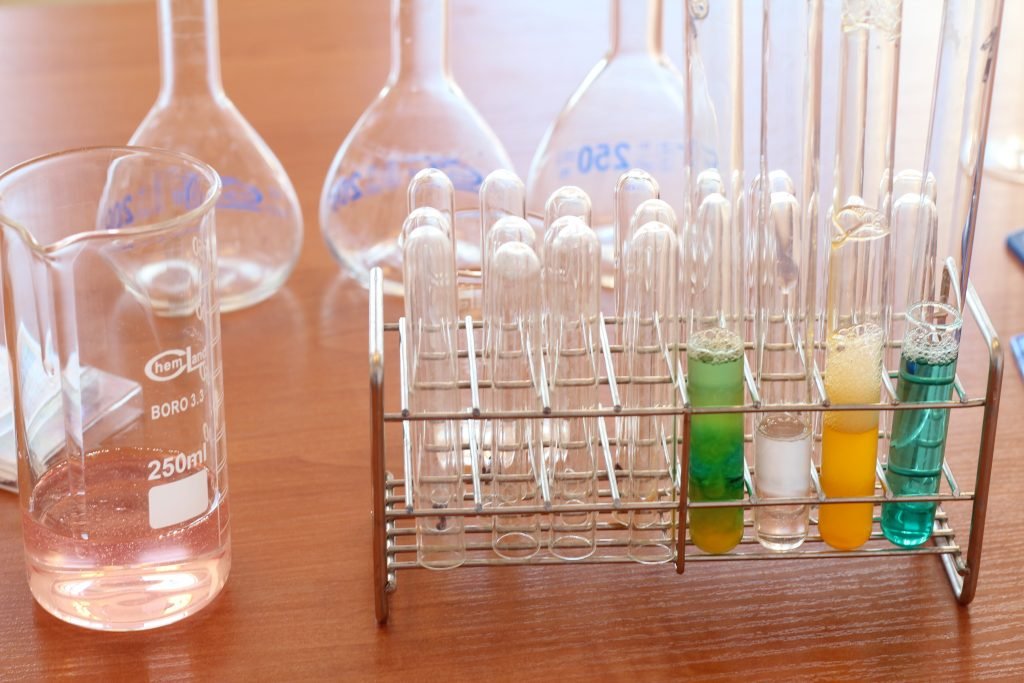
But don’t just take my word for it, let’s look at the research.
A 2016 study compared weight loss over 6 months among people who followed vegan, vegetarian, semi-vegetarian, and omnivorous diets. The results showed that people on a vegan diet lost more weight than other groups. They also decreased their consumption of saturated fats.
A 2016 review of studies examined 96 studies of vegan and vegetarian diets, and concluded that plant-based diets were more effective for weight loss compared to omnivorous diets.
Vegan and vegetarian participants also had other health benefits, including lower cholesterol and a lower risk of cancer.
A 2015 study suggested that a vegetarian diet may even boost metabolism. This means that vegetarians and vegans might burn more calories while at rest, making their weight loss efforts more effective.
Other Diets
Let’s face it, most diet trends say the same thing:
This is the easiest way to lose weight and every other option is crazy.
(That’s just a summary of every diet – not an actual description).
If you think about it, though, no other diet makes as much sense as eating vegan. Let’s look at a couple other popular options…
Keto
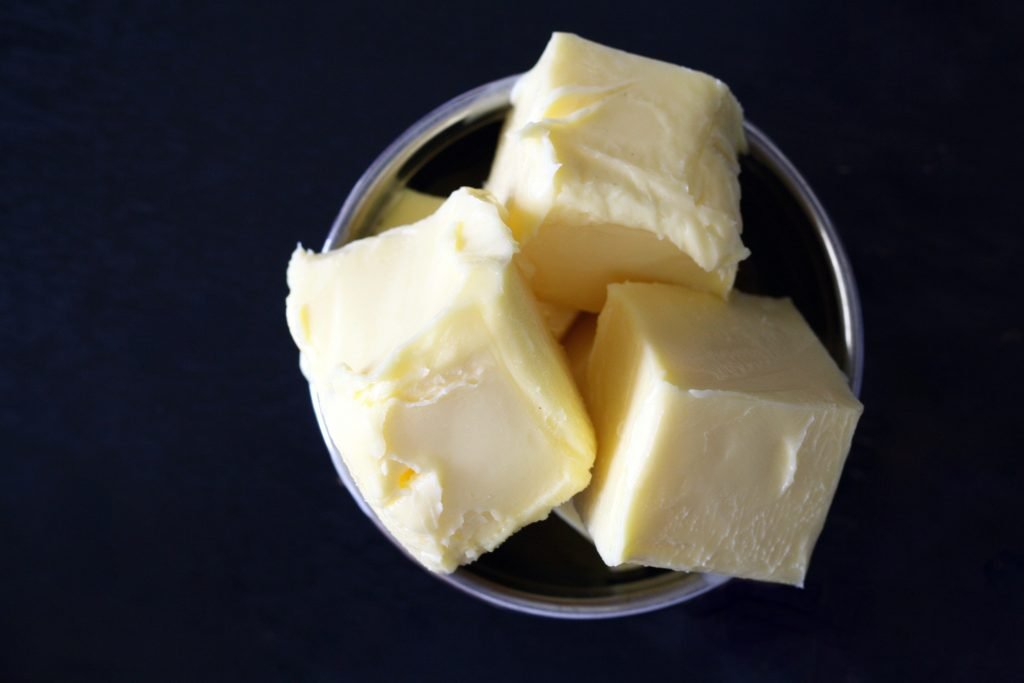
Keto cuts out major food groups in order to get your body to create energy in a different way. They say you know it’s working when your breath smells and you have all sorts of other side effects.
I tried to go keto and let me tell you, I was MOODY all the time. My body was craving carbs because that’s our bodies “go to” source for energy.
Research shows the keto diet can lead to some serious health problems such as increased risk of diabetes, heart disease, and ketoacidosis, which is when the body produces a lot of ketones leading to vomiting, diarrhea, and feeling faint. Symptoms can become so severe they lead to hospitalization. Why would you put yourself through that?!
Paleo
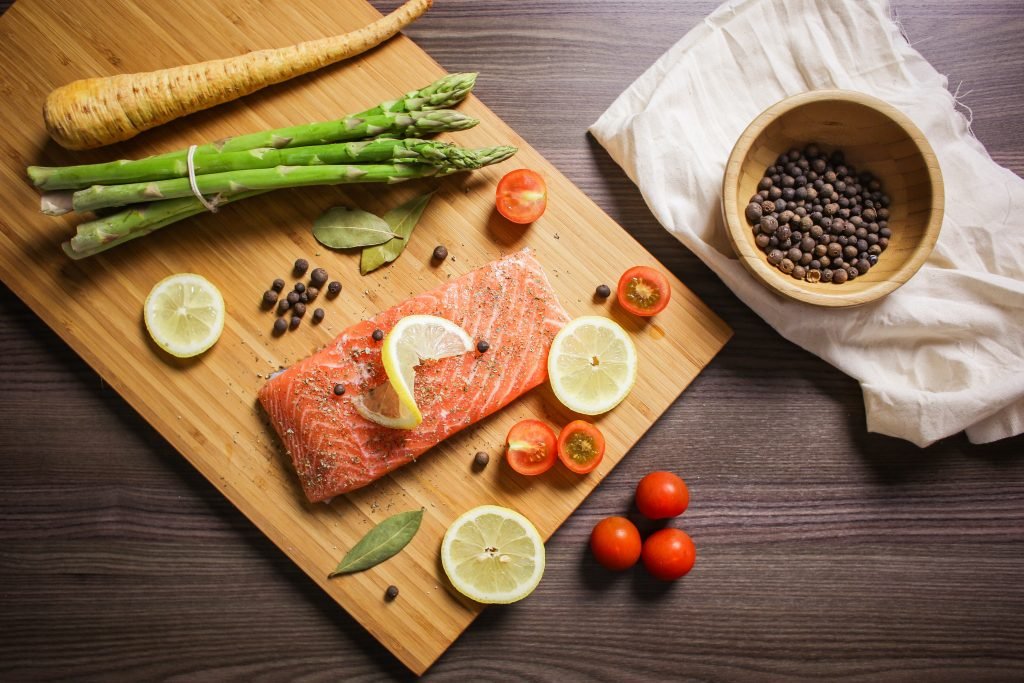
Paleo gets rid of grains and legumes.
The reason Legumes aren’t allowed on the paleo diet is because they aren’t part of our ancestral diet
But this isn’t really supported by evidence
There has been research done on Neanderthal tooth plaque revealed that they consumed peas and fava beans.
Secondly legumes aren’t allowed on a paleo diet because they contain anti-nutrients like lectin and phytic acid.
Lectins are a type of protein that bind to cell membranes. Lectins can damage the lining of the small intestine, destroy skeletal muscle, and interfere with the function of the pancreas.
Lectins are found in raw legumes. Cooking neutralizes the lectins found in most legumes.
Phytic acid binds to minerals (especially iron and zinc) and prevents us from absorbing them.
We can tolerate moderate amounts of it without harm because our gut bacteria produces enzymes that break down phytate and extracts the nutrients our body needs.
Plus Phytic acid has beneficial effects. It prevents the formation of free radicals (making it an antioxidant), prevents the accumulation of heavy metals in the body
Lastly, lots of other paleo friendly foods contain higher amounts of phytic acids than legumes. Nuts, cacao beans, and spinach are all very high in phytic acid.
I think a more important question to ask than whether a food is “Paleo” is how is this food going to affect my health. In the case of legumes we are aware they have a very robust nutritional profile and studies have shown extreme health benefits from consuming them.
Vegan
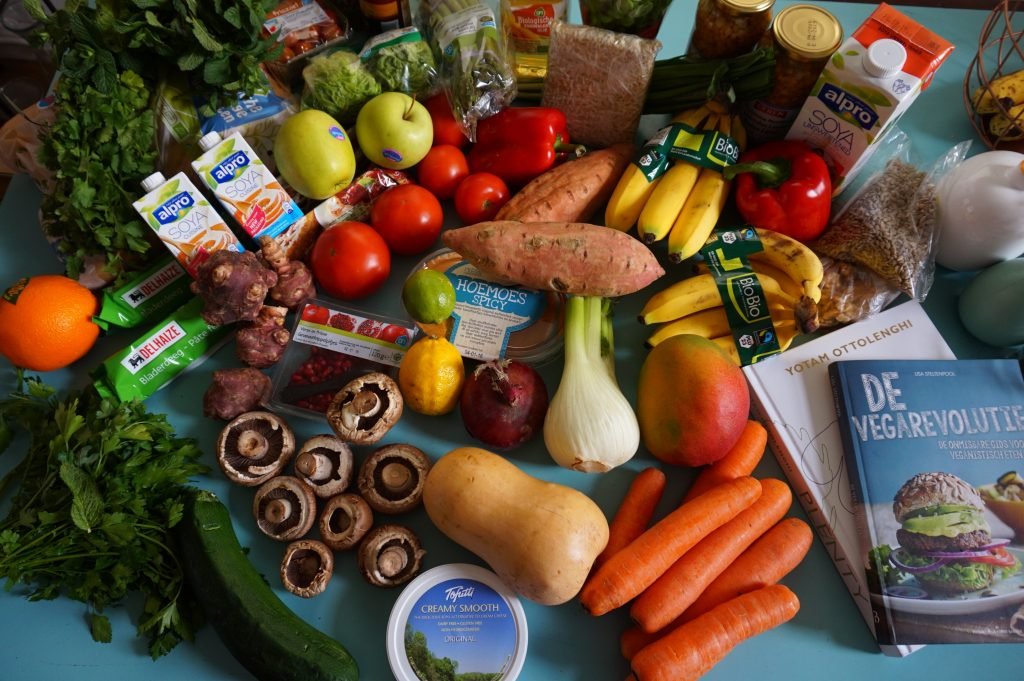
I could go on and on, but let’s jump back to the vegan diet. You get rid of animal products that our bodies weren’t really designed to eat and you replace what you’d get from those products with nutritionally dense plant-based alternatives.
No long-term deprivation.
No “side effects” to know the diet is working.
Just more energy and long-term health and wellness benefits. Oh, and healthy, natural weight loss too.
Getting Started Going Vegan
As with any new diet the hardest part is where to start and how to stick with it!
We’re here for you!
For more ideas on how to make the transition to eating a more plant based diet, check out our article about tips for going vegan. Just remember, the transition is a marathon not a sprint and it’s ok if you’re not perfect!
Another great resource to take all of the guesswork and headache (not to mention the time) out of going vegan is a great meal planner. You can grab a FREE trial (including grocery lists, recipes, and prep planning) of the one we use by checking out the Forks Over Knives meal planner.
Weight loss may not be automatic on a vegan diet but it sure is a heck of a lot easier. And, a vegan diet will aid in lowering your risk for developing heart disease, diabetes, and your risk of cancer. How can you knock that?
If this article was interesting or helpful for you, please click the link below to PIN IT for all of your friends and followers to see too!
